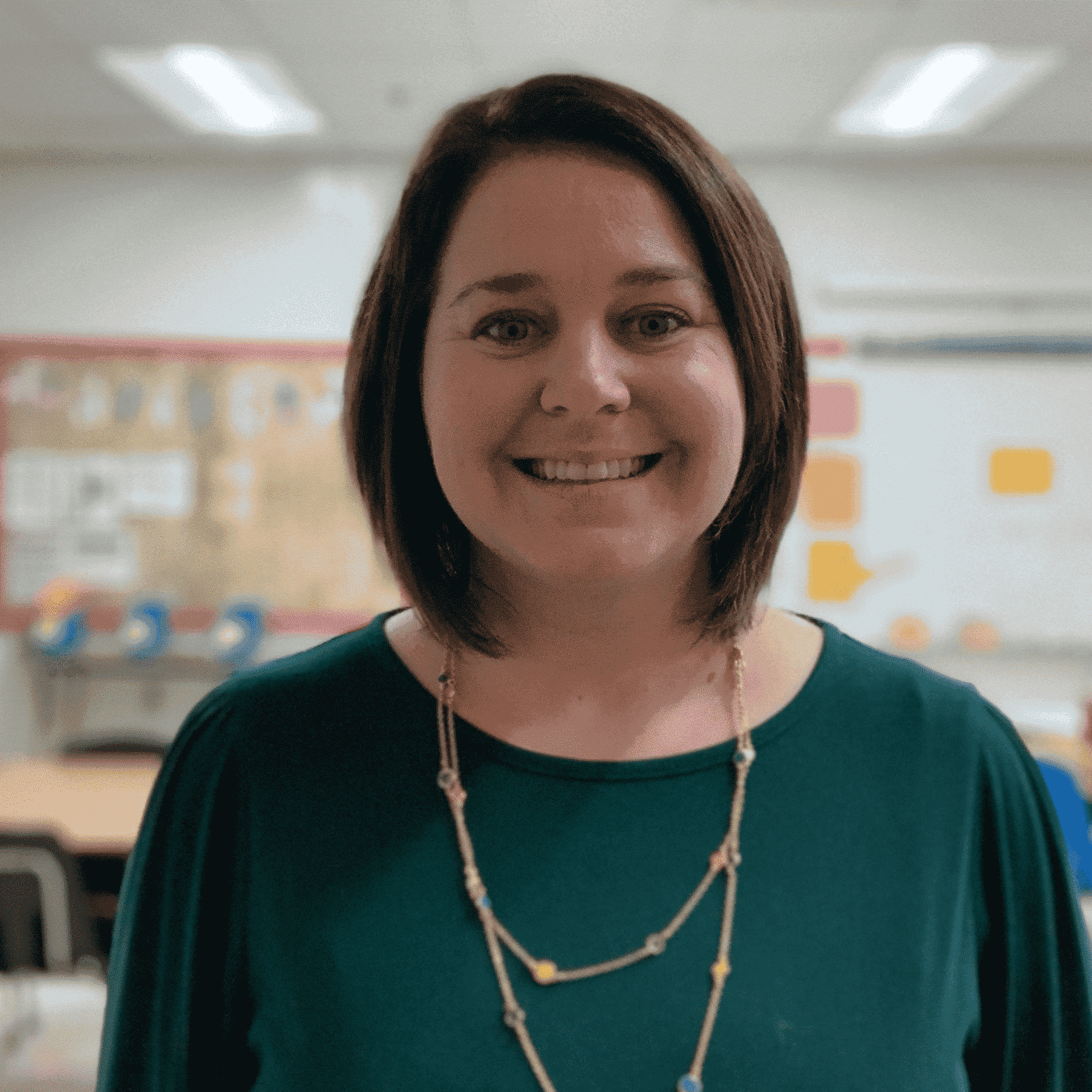Table of Contents
Pop Culture and Independent Reading
I found an interesting path from the gossip about celebrity couples to independent reading in the classroom. In the name of relationship building, I listened and attempted to follow along with a student’s very convincing argument regarding celebrity couples. Not only were they extremely up-to-date on their social media presence and carefully curated pictures, but more so, what they felt to be the definition of “relationship goals.” Essentially, they noticed relationship qualities and decided what they wanted in a future relationship and named each as a goal mirroring what they perceived to be ideal.
Later, I decided to go to the one place I visit when confronted with new information. Google. Not only did I discover this term has been around for quite a while, but that it has a hashtag on social media and is used to identify varying relationships which are determined to be goal worthy. Sometimes this hashtag is used to poke fun, and other times to highlight a relationship. Either way, #RealationshipGoals are there and used frequently.
Carrying this back into the classroom, as teachers, we know it’s important for our students to set goals to focus on and make individualized progress. We do it all of the time in our personal lives. We determine a need, set a goal, and develop a plan to execute in order to reach our goal. This is especially true of readers, as goals increase engagement and productivity when we have a clear sense of what we are trying to accelerate learning.
However, as adults, we know outside of social media hashtags, good relationships don’t develop overnight, especially ones we hope are elevated to the status of goals. They take effort, support, commitment, and, most of all – time. For our students to develop #RelationshipGoals with reading and accelerate their learning, we need to align our teaching practices to mimic the behaviors of lifelong independent readers. Specifically, focusing on the type of connections students can make with reading not because they have to but because they are inspired to and desire to develop relationship goals with independent reading.
Benefits of Independent Reading
According to MCTE, the benefits of independent reading are well documented, as students who spend more time reading become better readers and score higher on standardized assessments than their non-reading peers. Further, the more our students read, the more opportunities they have to develop stamina, vocabulary, and background and acquire reading habits. For this reason, students must spend a substantial amount of time applying the reading skills and strategies we teach them to reach proficiency.
To that end, if we are interested in growing readers and accelerating student learning, we need to trust students and create an environment that actively supports this time. Meaning, eliminating extra reading assignments and tasks which get in the way of students reading instead of purchasing test preparation workbooks or adopting new programs that promise to be the magic bullet – which doesn’t exist.
Over time, independent reading has been called many different things, DEAR (drop everything and read), SSR (silent sustained reading), and FUR (free, uninterrupted reading). No matter what we call it, all students need and deserve time to read every day. Especially according to ASCD, students reading below grade level, who are less likely to spend time in high-quality reading instruction than their peers.
So, how can we create environments which lead to relationship goals with independent reading?
Time
For reading habits to develop and for students to identify as thoughtful, proficient readers, they need not only time to practice but productive practice engaging in the practice of what readers do in the real world. In our adult reading lives, we do not complete a worksheet at the completion of our time spent reading or answer a comprehension question on demand, which takes away from time spent reading. If we are truly trying to accelerate readers, we need to ensure they are reading more and not less by completing activities unrelated to reading.
Choice within Inclusive Classroom Libraries
Classroom libraries play a key role in promoting independent reading and access to books; they also have the potential to increase student motivation and engagement and help students become analytical readers, critical thinkers, and more informed citizens. Furthermore, classroom libraries support the overall goals of education. When students possess the skills to access, select, use, and evaluate their reading materials, their ability to become engaged members of the community and productive citizens is enhanced.
Talk Supporting Independent Reading
In any relationship, communication is vital. Reading is inherently a social activity, all students need time to read books at an appropriate level while discussing these texts with peers in a way that mimics real-world reading experiences. Students are accomplished readers when they are able to express their feelings about the books they have read, not point to a number of hours spent reading. Simply eliminating extra reading assignments and tasks which get in the way of students and replacing this practice with conversations that validate their reading life and lifelong reading behaviors.
It’s time for our students to truly experience reading in a meaningful way to develop a lifelong relationship. Cultivating this relationship will take time, but knowing the benefits of independent reading, not only needs to be intentionally planned for but honored.
To learn more about independent reading, read more articles from contributors here.

